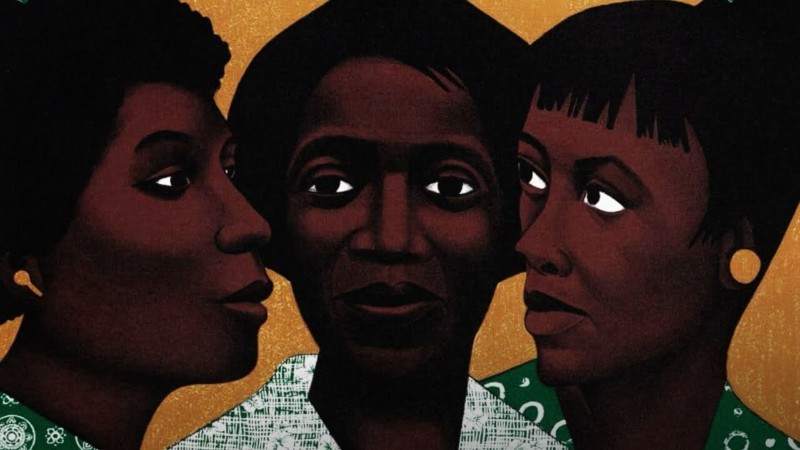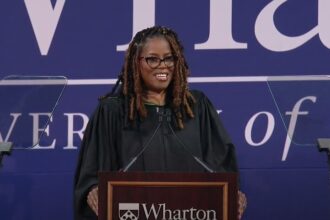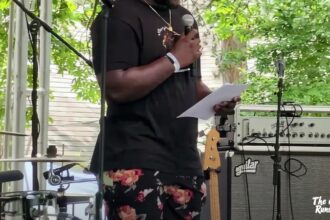When most people think of major cities that influenced Black art, they name places like New York, Chicago, or Los Angeles. But Nashville deserves a seat at the table—largely thanks to Fisk University. This HBCU didn’t just educate minds; it created space for Black artists to be seen, heard, and celebrated. Through Fisk’s galleries and programs, Black women artists found a stage to share stories, challenge stereotypes, and build something lasting.
Black women shaping legacy through art
Elizabeth Catlett came to Fisk in the 1970s with powerful sculptures and prints that spoke to justice, dignity, and Black life. Alma Thomas, known for her colorful abstract work, brought that same energy to Nashville, building on her historic solo show at the Whitney Museum.
In the 1980s, Lorraine O’Grady used performance art at Fisk to push back on how society boxed Black women in. Lorna Simpson followed in the 1990s with bold photography and video work that made people question what they thought they knew about race and gender. By the early 2000s, Kara Walker’s unforgettable silhouettes were on display, cutting through silence and forcing conversations about power, race, and history.
A black foundation for future artists
These five women didn’t just show art—they showed what was possible. They inspired students and built a legacy that helped Fisk become a major voice in Black art. Their work made it clear: HBCUs are more than schools. They’re hubs for culture, thought, and creative leadership.
Their work still speaks today
Their impact can still be felt across museums, art shows, and cultural spaces across the country. As conversations grow around Black representation in art, the groundwork laid at Fisk becomes even more important. These women made it clear that art isn’t just about beauty—it’s about truth, resistance, and building power.
Takeaways on putting black art on the map
1- These women helped shift how Black stories were told in art and where they were told. They turned Fisk into a national platform for Black creativity.
2- Support and visit exhibits at HBCUs. Encourage young Black artists to explore these spaces and build from this legacy.
3- Black artists don’t have to wait for permission. By owning our spaces and telling our stories boldly, we shape the culture and control the narrative.








